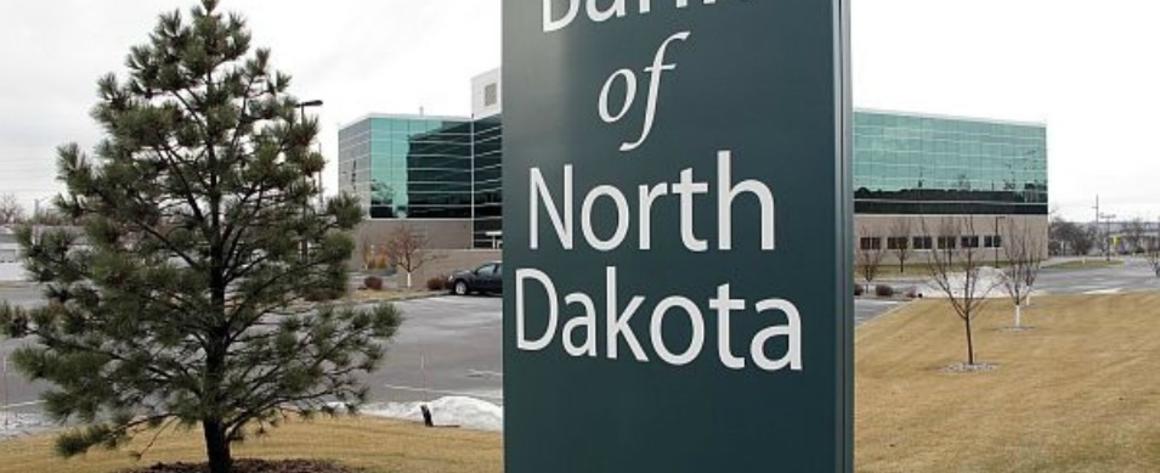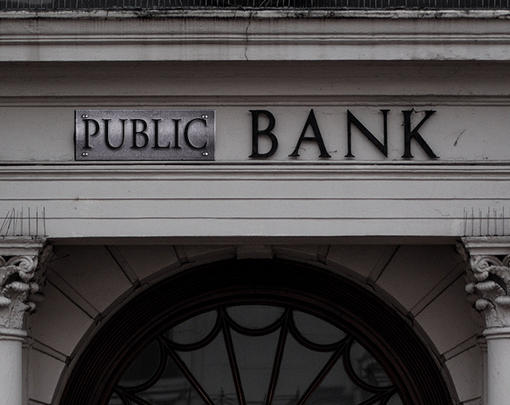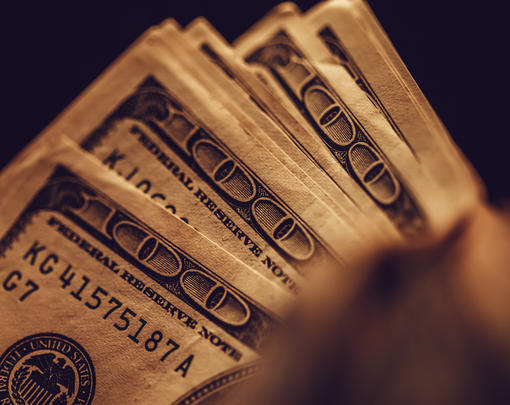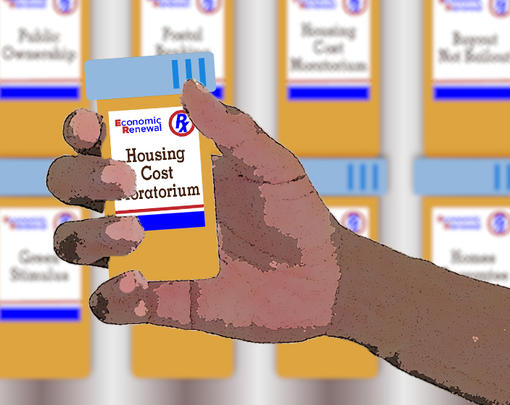One hundred years ago on July 28, a bank in Bismarck, N.D., opened its doors for the very first time. This would have been an unremarkable event, likely lost to history, except for the fact that it was a public bank, owned by all the residents of the state. A century on, the Bank of North Dakota (BND) is still the only publicly owned bank in the continental United States (a second public bank was recently established in American Samoa)—though potentially not for long.
The BND is enjoying renewed time in the limelight as activists look to the institution as an example of how to regain democratic control over finance, and in the process confront a myriad of pressing problems, from the climate crisis to gentrification. Rather than having public funds be extracted from local communities to fuel Wall Street speculation, public banks can ensure that those funds are used to stabilize local economies and support local public priorities. As Ellen Brown, chair of the Public Banking Institute, writes in her new book, Banking on the People, “a public banking system … can fund the goods, services, and infrastructure required to satisfy the needs of the people and the economy without unsustainable debt, taxation or environmental degradation.”





